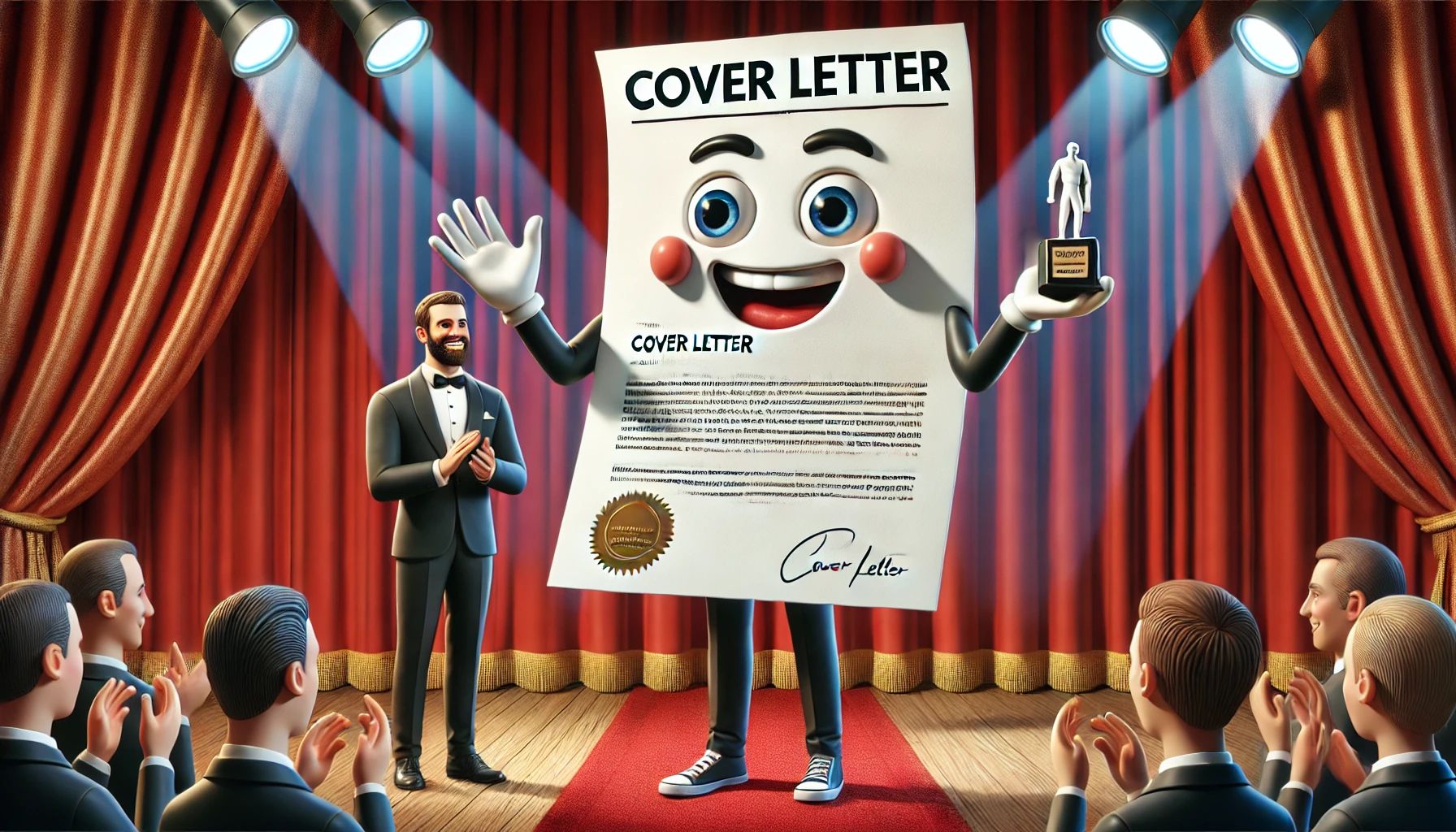The cover letter is under-appreciated by many job seekers as a necessary job search tool. However, it represents yet another opportunity to connect with the reader and pass along valuable information about you. Here are some tips on how to good cover letter structure can ensure optimal effectiveness.
Introduction
Your introduction’s purpose is to quickly engage the reader with tagline-like impact that grabs their interest. But don’t confuse this with the need for cheesy or empty rhetoric. Remember that your reader is interested in hiring someone to solve a problem, not grading a paper. Communicate value right up front without a lot of mundane generalities. Also, keep your opening paragraph relatively short (3 lines or so).
Body
Go for a good transition in the opening sentence to bridge from the opening paragraph. Again, keep it high-relevance with a focus on the hard skills you can offer to them. Too much time wasted on the soft skills and overly general personal attributes never wins points. If you have some to communicate, reiterate impressive highlights here. At the end of the cover letter body, be sure to wrap up by focusing on what you can do for them, not the other way around.
Closing
How do you get the sale? Ask for it! In your closing paragraph, be sure you request an interview or meeting to review in more detail what you can offer.There is nothing wrong with including your contact information here as well. However, if your cover letter has the header information, you can always refer your reader reader to reader to it. Close by thanking them for their time and /or consideration.
Enclosure
When including your cover letter with your resume, you should always indicate there is an enclosure on the letter. This way, your cover letter reader will know there was another document they should have in case they somehow were to get separated.
Phrasing Style
Remember that the cover letter is a business letter. You would not use the same phrasing style and you would with your resume (we call it a “telegraphic” writing style). Use full sentences that adhere to standard grammatical rules another guidelines.








